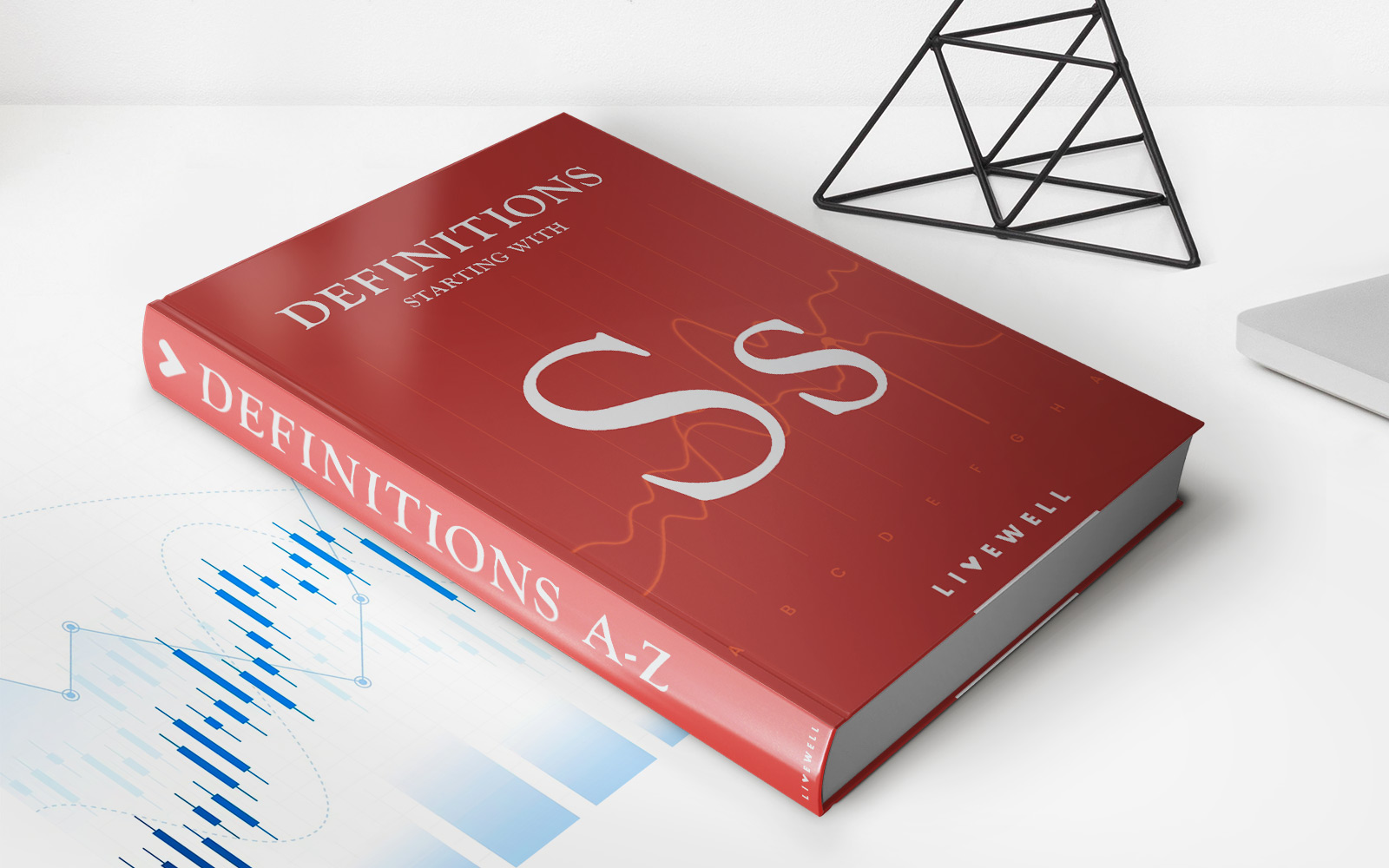Home>Finance>Sweep Accounts Definition: Types And How They Work


Finance
Sweep Accounts Definition: Types And How They Work
Published: February 5, 2024
Learn about sweep accounts in finance, including their definition, types, and how they work. Improve your financial management with this comprehensive guide.
(Many of the links in this article redirect to a specific reviewed product. Your purchase of these products through affiliate links helps to generate commission for LiveWell, at no extra cost. Learn more)
What are Sweep Accounts?
Are you looking for a simple and effective way to optimize your finances? Look no further than sweep accounts. Sweep accounts are a financial tool that can help you maximize your hard-earned money. But what exactly are they, and how do they work? Let’s dive in and explore the definition, types, and mechanisms behind sweep accounts.
Key Takeaways:
- Sweep accounts help individuals and businesses to optimize and automate their cash management.
- There are three main types of sweep accounts: savings sweep, investment sweep, and debt sweep.
The Definition of Sweep Accounts
A sweep account is a financial product offered by banks and other financial institutions to help individuals and businesses manage their cash flow efficiently. It is essentially an automated way to optimize your finances, making sure that your money is working for you.
So how does it work? Sweep accounts are designed to move your funds between different accounts, depending on your financial needs. The goal is to maximize the interest or reduce the interest expenses on your money, depending on the type of sweep account you choose.
Sweep accounts work by automatically:
- Moving excess funds from your checking account into a high-interest savings account, allowing your money to grow.
- Transferring funds from your savings account into your checking account when needed, ensuring you always have sufficient funds to cover expenses.
Types of Sweep Accounts
There are three main types of sweep accounts, each tailored to specific financial goals and needs.
- Savings Sweep: A savings sweep account automatically transfers excess funds from your checking account to a high-interest savings account, allowing your money to earn more interest over time. This type of sweep account is ideal for individuals and businesses that want to maximize their savings and earn more on their idle cash.
- Investment Sweep: An investment sweep account moves your excess funds into investment vehicles such as money market funds or short-term investments. This type of sweep account is suitable for investors looking to earn higher returns on their cash while maintaining liquidity and minimizing risk.
- Debt Sweep: A debt sweep account is designed to minimize interest expenses on outstanding debts. It automatically transfers excess funds from your checking account to pay down high-interest loans or credit card balances. This type of sweep account is beneficial for individuals or businesses looking to reduce their debt faster and save on interest costs.
Regardless of the type of sweep account you choose, the goal is to automate your cash management effectively, ensuring that your money is always working in the most advantageous way for you.
How Sweep Accounts Work
Now that we have explored the definition and types of sweep accounts, let’s take a closer look at how they work:
- Set up: You will need to contact your bank or financial institution to set up a sweep account. They will guide you through the process, discussing the available options and helping you choose the right type of sweep account for your financial goals.
- Account funding: Once you have set up an account, you will need to transfer funds into the account. This can be done manually or automatically, depending on your preferences and the options provided by your bank.
- Automated transfers: The sweep account will automatically move funds between your accounts based on predefined rules and thresholds. For example, if there are excess funds in your checking account, they will be swept into your savings account or invested, depending on the type of sweep account you have.
- Optimization and rebalancing: Sweep accounts often include features that allow you to set specific rules for how your cash is managed. For instance, you can determine the minimum balance you want to maintain in your checking account or the maximum balance you want to keep in your savings account.
Conclusion
Sweep accounts are a valuable tool for individuals and businesses looking to optimize their cash management. By automating the movement of funds between different accounts, sweep accounts help you maximize your savings, earn higher returns on investments, or reduce interest expenses on debts. Whether you choose a savings sweep, investment sweep, or debt sweep account, sweep accounts can simplify your financial life and ensure your money is working for you.














